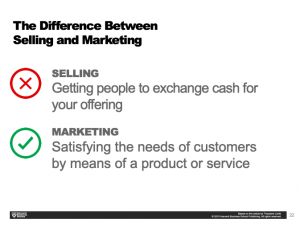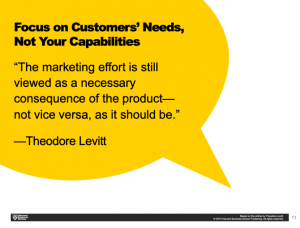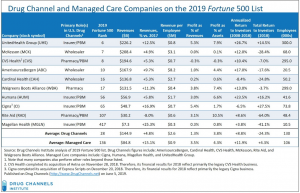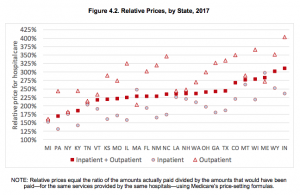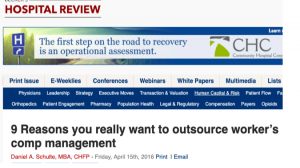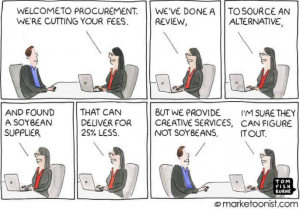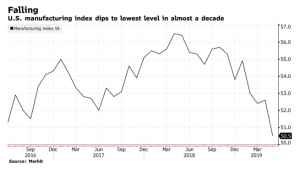Some of the investors that own OneCall Care Management’s debt holders are getting organized to prepare for a “potential liquidity event and expected covenant violation…”
That’s the lede from a piece [subscription required] authored by Associate Editor Paunie Samreth citing two sources (not me) writing on Debtwire, an Acuris company. Samreth:
The process is in early stages, with DDJ Capital among the firms spearheading efforts given its [DDJ’s] sizable position in the first lien debt, they said.
If you’ll bear with me for a minute, here’s the non-English version of what’s happening. The issue at hand is a “7x first lien leverage covenant” which kicks into action when the company draws down its revolver debt by 20%. According to Samreth’s article, OCCM had a “razor-thin” margin at 6.9x as of March 31.
I do NOT know what those specific covenants are, however in my experience debt holders put covenants into contracts so the debt holders can take control – partial or total – of a company that is at risk of defaulting on its debt.
Samreth also indicated OCCM had drawn down $50 million of the $56.6 million revolver.
Allow me to translate into language we non-financial wizards understand.
Among other debt instruments – bonds etc – OCCM has “revolving” debt, which is kind of like a line of credit. The company can borrow from it and pay it back as cash flows dictate.
The “7x” is calculated by dividing the total long-term debt – which was reported to be $1.375 billion on March 31 – by cash flow (adjusted EBITDA) – which was $200 million over the 12 months preceding March 31.
So, as of March 31 OCCM had drawn down its revolver by way more than 20%, but had kept its revenue-to-debt ratio just below 7, which prevented the covenants from kicking in.
That was almost three months ago. Since then…citing Samreth:
[OneCall’s] earnings have been pressured in recent quarters as a result of customer losses and pricing pressures in the face of competition from peers including MedRisk, said two of the sources. [Medrisk is an HSA consulting client]
Compounding problems, cash flow has been limited by high capex [capital expenses for the Polaris IT system] needs as a result of its effort to migrate users under a single system, according to one of the sources.
It appears the debtholders are concerned that OneCall’s second quarter financials will indicate it is in violation of the covenants as the ratio will be over 7x and the revolver withdrawal over 20%.
The concern could well be that cash flow will not be enough to pay the interest and cover operating and other expenses. Decreases in revenue (customer losses), increases in expenses, and increases in the amount of debt could all play a role.
The latter – an increase in debt – may be happening as OCCM’s recent refi allows it to not pay interest on some of the new debt, instead adding that debt to the existing principal. I wrote about this a couple days ago.
It appears that the new debt from the refinancing may increase the company’s total first lien debt (that’s part of the covenant equation). Add that to recent customer losses and the only way out is expense reduction. Rumor is the folks who were working on expanding OCCM into the group health market have been let go, and investments in Polaris have been cut back as well.
Am I full of crap?
Well, I’ve spoken with several current OCCM customers who tell me OCCM staff have assured them all is fine, there are no financial issues, and there’s nothing to worry about.
It could be that Samreth, Debtwire, and I have it all wrong. It could be that OCCM isn’t losing customers, hasn’t laid off staff, hasn’t cut back on investments in Polaris, isn’t in a cash flow crunch.
And I could be the next point guard for the Golden State Warriors.



